For the Science and Technology Directorate’s (S&T) National Urban Security Technology Laboratory (NUSTL), working in Manhattan is business as usual. As the official Department of Homeland Security lab for testing and evaluating current and emerging first responder technologies, NUSTL thrives amidst the bustle of the largest U.S. city and has established deep roots with response agencies in the larger metropolitan community. What is more unusual (and exciting) is that the city recently became the main attraction, serving as a key driver for technology demonstrations held at diverse venues across the boroughs of New York City.
Over the course of a week in late July, staff from NUSTL and across S&T collaborated with several federal, state and local agencies for the 2022 Urban Operational Experimentation (OpEx), which also brought together technology developers and first responders to take part in demonstrations and evaluations.
Urban OpEx put seven new and emerging technologies into the hands of first responders so they could explore each one’s features, functions, and capabilities, then give end-user feedback to the developers behind these tools. While NUSTL data collectors captured that feedback for forthcoming reports, developers listened and asked their own questions, knowing that the observations and suggestions of responders could help them enhance their technologies and produce more field-ready devices.
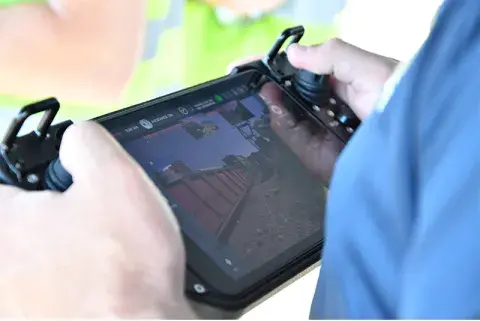
The photos in this article glimpse the variety of city locations that provided realistic, urban settings for OpEx demonstrations. More importantly, these snapshots capture the rare but crucial moments when responder know-how and technology solutioning meet. They are snapshots of S&T’s mission come to life, peeks into the future of responder-relevant technologies poised to address high priority capability gaps.
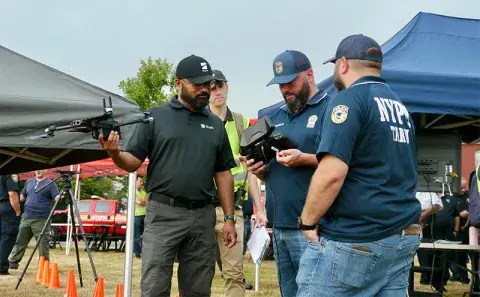
The lineup of technologies for the week featured unmanned aircraft systems (UAS), deployable robotics, handheld sensors, AI-enabled gun detection, incident management and situational awareness platforms, and deployable communications. The OpEx planning team selected participating technologies by validating them against specific criteria including that each fell into a least one priority area identified for S&T by first responders themselves.
“Operating environments and emergency response capability needs are always evolving and that makes innovation so important,” remarked Kathryn Coulter Mitchell, Senior Official Performing the Duties of the Under Secretary for Science and Technology. “Urban OpEx paves the way for innovation because we’re putting technology developers and first responders in the same room to understand what they need from one another.”
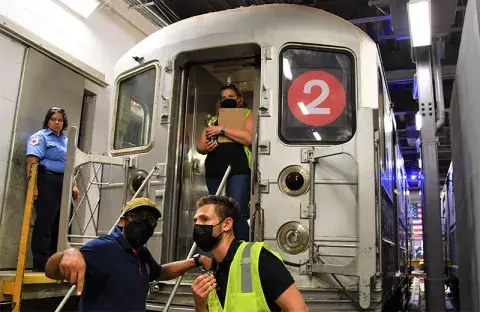

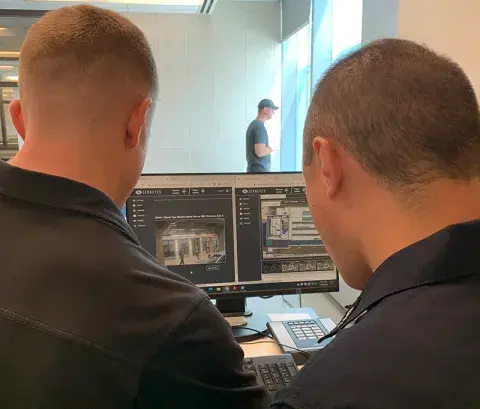
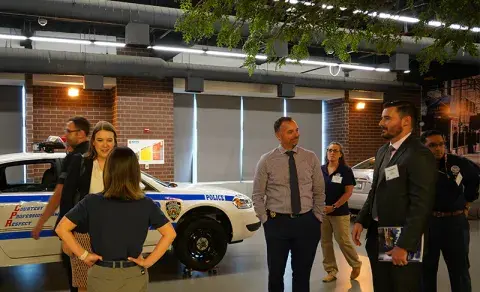
“Events like Urban OpEx remove the emphasis on marketing or selling the technology and put the focus back on what it is, what it does and how it works in a realistic setting,” offered NUSTL lab director Alice Hong. Industry participants from Ghost Robotics, Parsons Corporation, Pendar Technologies, Persistent, Skydio, Inc., TDCOMM, and ZeroEyes participated under Cooperative Research and Development Agreements with S&T.
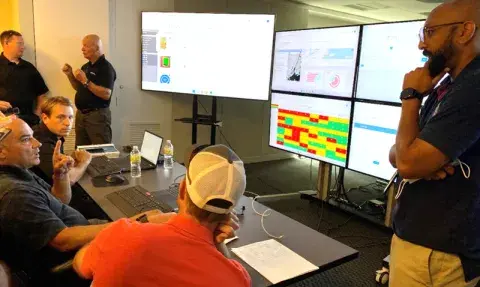
Urban OpEx leveraged diverse locations, staging simulations at the New York City Fire Department’s Training Academies at Fort Totten and Randall’s Island, the New York City Police Department Police Academy, New York City Emergency Management headquarters, and NUSTL. Operating environments for the technologies under demonstration ranged from a cramped subway tunnel to a lower Manhattan rooftop.
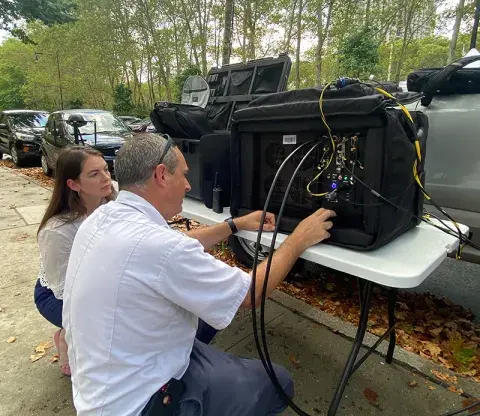
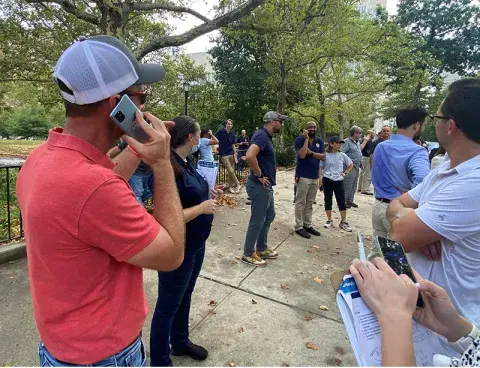
“How new technologies might affect [first responders’] operations, if they will add value or create distractions can be a challenge,” said Bhargav Patel, NUSTL senior technologist. “Urban OpEx is an attempt to address this challenge by creating structured experiments contextualized around realistic scenarios.”
Those realistic scenarios included a post-disaster search and rescue and damage assessment; a chemical, biological, radiological, nuclear, or explosive threat response; active shooter detection and response; an incoming hurricane; communicating in remote and degraded environments; and a GPS-denied emergency response.
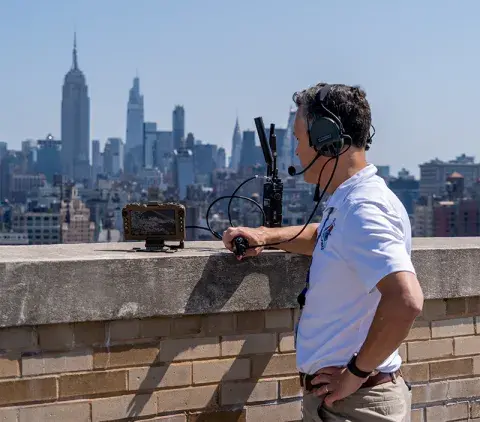
More than 150 participants attended the event from public safety agencies around the nation. Their feedback will not only allow the technology vendors to enhance their designs, but will also become available to the national first responder community through NUSTL publications.
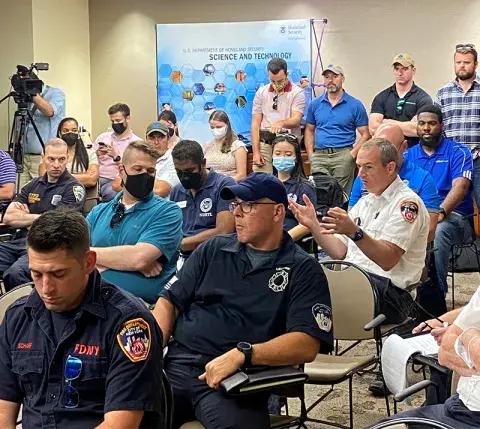
Information and feedback collected during Urban OpEx 2022 will be published in a series of technology reports on the S&T website. Federal, state, local, tribal, and territorial first responders will be able to access the reports to inform their decision-making and guide future technology investments.
